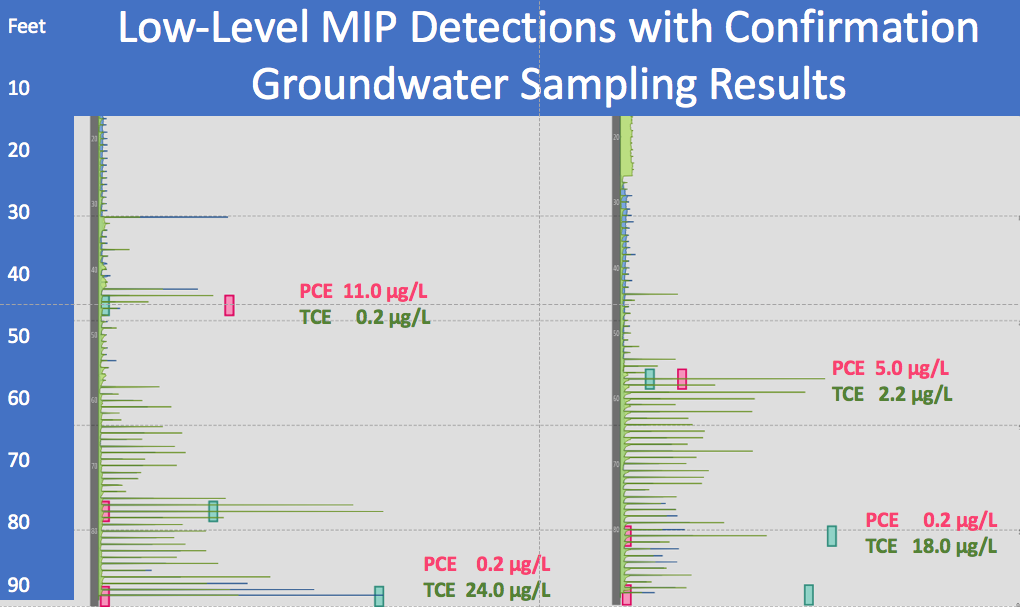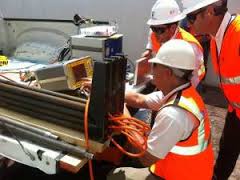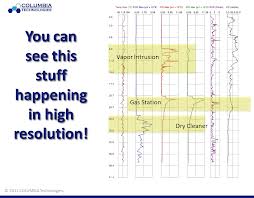Tracking Diffuse TCE Plumes with Low-Level MIP - Webinar Available
Mature groundwater plumes for environmental contaminants pose a complex challenge with regards to...








